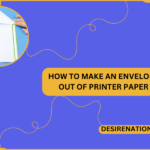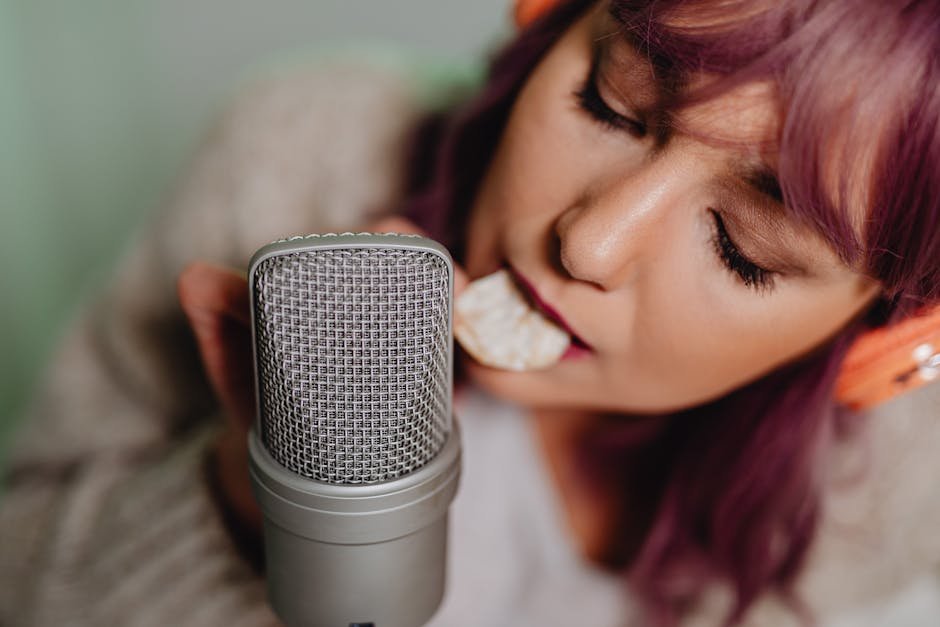Creating art is a deeply personal and rewarding experience, but sharing your creations with the world often requires more than just the original piece. Making prints of your art allows you to reproduce your work in multiple copies, making it accessible to a wider audience. In this blog post, we’ll explore the process of making prints of your art, from selecting the right printing method to preparing your artwork for reproduction.
Choosing the Right Printing Method:
Before you can start making prints of your art, you’ll need to decide on the printing method that best suits your style and budget. Here are some common printing methods to consider:
- Digital Printing: Digital printing is a popular and cost-effective option for making prints of your art. This method involves scanning or photographing your original artwork and printing it onto paper or canvas using a high-quality inkjet printer.
- Giclée Printing: Giclée printing is a type of digital printing that produces high-quality, archival prints with exceptional color accuracy and detail. This method is ideal for artists who want to create museum-quality reproductions of their work.
- Screen Printing: Screen printing involves transferring ink through a fine mesh screen onto paper or fabric. While this method requires more specialized equipment and expertise, it can produce vibrant, long-lasting prints with a unique tactile quality.
Preparing Your Artwork for Reproduction:
Once you’ve chosen a printing method, you’ll need to prepare your artwork for reproduction. Here are some steps to follow:
- Clean and Digitize Your Artwork: Start by cleaning your original artwork to remove any dust or debris. If you’re using digital printing or giclée printing, scan or photograph your artwork using a high-resolution camera or scanner.
- Adjust Colors and Contrast: Use image editing software like Adobe Photoshop to adjust the colors, contrast, and brightness of your digital files. This will ensure that the prints accurately reflect the colors and details of your original artwork.
- Choose the Right Paper or Canvas: Select a high-quality paper or canvas for your prints that complements the style and texture of your artwork. Matte and glossy papers are popular choices for prints, while canvas prints offer a textured, painterly finish.
- Print a Test Proof: Before printing a large batch of prints, it’s a good idea to print a test proof to check for color accuracy and quality. Make any necessary adjustments to your digital files before proceeding with the final prints.
Conclusion:
Making prints of your art allows you to share your creativity with a wider audience and generate income from your work. Whether you choose digital printing, giclée printing, or screen printing, the key is to select a printing method that best showcases the unique qualities of your artwork. By following the steps outlined in this blog post, you can create beautiful, professional-quality prints of your art that capture the essence of your original creations.
You Might Also Like These:
Connect canon pixma printer to wifi












